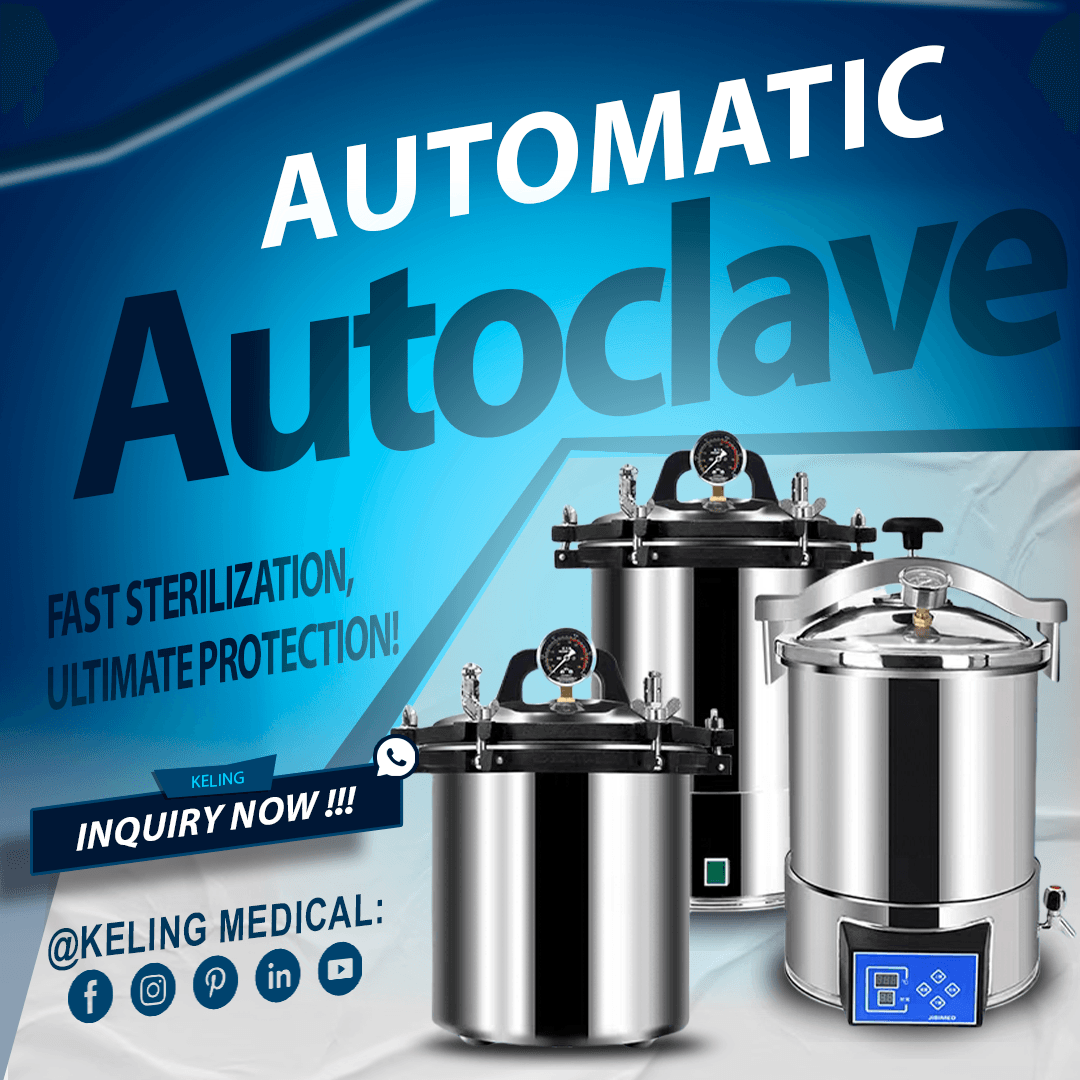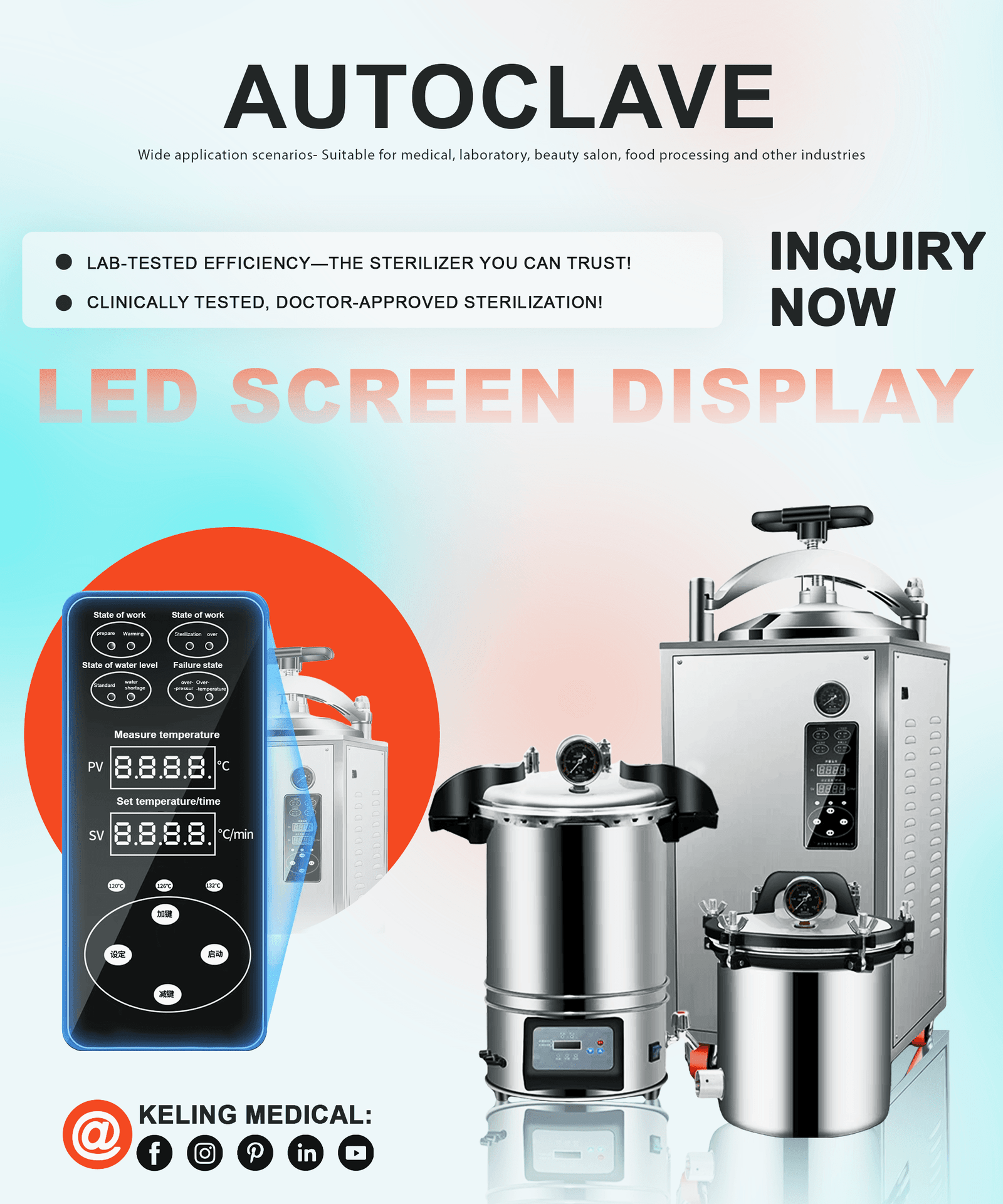
These technological developments that integrate automation with eco-friendly solutions and AI are solving historical problems while creating new benchmarks for efficiency and sustainability. This article examines the latest trends while addressing current challenges and future developments in liquid sterilization technology to deliver essential insights for medical device distributors and procurement professionals along with industry stakeholders.
Automated processes are transforming liquid sterilization technology by making procedures more efficient while simultaneously decreasing human mistakes. Key innovations include:
Automated Dosing Systems deliver exact mixing of sterilants which decreases waste while enhancing effectiveness.
Users can track sterilization cycles in real time with sensors and data tracking systems which ensures compliance and reduces downtime.
Automated sterilization systems function without touch which decreases contamination risks and enhances worker safety.
Sterilization technology is increasingly prioritizing sustainable practices. Developers are creating eco-friendly sterilization options which achieve environmental sustainability without sacrificing effectiveness. These include:
Scientists are advancing peracetic acid and hydrogen peroxide to enhance their biodegradability and minimize their environmental impact.
Modern liquid sterilization systems minimize water use during both rinsing and sterilization procedures.
Modern research focuses on creating sterilants that eliminate microorganisms safely without damaging equipment or harming the environment.
A central difficulty of liquid sterilization practices involves matching sterilants with different material types. The use of harsh chemicals over extended periods damages delicate instruments because
Glutaraldehyde and other sterilants have the potential to cause corrosion in metal medical instruments when exposure is prolonged.
Specific chemicals can cause some materials to warp, discolor or weaken.
Manufacturers work on creating sterilants that achieve effective sterilization while maintaining the safety of materials. To safeguard delicate instruments manufacturers now offer pre-treatment coatings and specially crafted formulations.
Adhering to worldwide sterilization standards and regulations presents another major hurdle. Industries must adhere to guidelines such as:
ISO 14937: General requirements for sterilization processes.
Sterilization equipment and procedures in healthcare and pharmaceutical industries must follow FDA and CE Standards regulations.
The environmental regulations mandate limitations on specific chemical uses and waste disposal methods.
Companies spend money on advanced monitoring systems and validation tools to make regulatory reporting and documentation easier while ensuring compliance.
Liquid sterilization technology will advance through the combined application of artificial intelligence (AI) and the Internet of Things (IoT). The integration of advanced technologies results in enhanced efficiency and intelligence within sterilization processes.
Through IoT capabilities sterilizers can track their performance while forecasting maintenance requirements to cut downtime and repair expenditures.
Artificial intelligence algorithms assess sterilization data to adjust cycle parameters for improved efficiency and resource conservation while delivering dependable outcomes.
Operators can remotely monitor and manage sterilization processes through IoT connectivity which leads to enhanced flexibility and user convenience.
Innovations in the future will deliver sterilization solutions that can be customized to meet the needs of various industries and specific applications. This includes:
Sterilization systems that serve niche industries like dental clinics or veterinary practices operate under industry-specific protocols.
The systems permit users to modify temperature settings and exposure durations along with chemical concentrations in order to sterilize different materials.
Small-scale operations benefit from portable sterilization systems designed for on-site needs.
Recent developments in liquid sterilization technology are producing substantial advancements in operational efficiency and safety while promoting environmental sustainability. Through automated systems and green solutions together with AI-driven optimization modern breakthroughs are solving essential industry problems while defining sterilization practices for the future.
Medical device distributors together with procurement professionals and industry stakeholders must maintain awareness about new trends to preserve their competitive edge and meet current standards.
If you’re looking for advanced sterilization equipment or have questions about liquid sterilization technology, contact Keling Medical today for expert advice and solutions.
Email: inquiry@shkeling.com
WhatsApp: +8618221822482
Website: https://autoclaveequipment.com/
Recent trends include automation, eco-friendly sterilants, and smart monitoring systems that improve efficiency and reduce environmental impact.
AI is being used to optimize sterilization cycles, predict maintenance needs, and analyze data for consistent and efficient results.
Challenges include material compatibility issues, regulatory compliance, and the environmental impact of certain sterilants.
Yes, advancements in biodegradable sterilants, water-efficient systems, and non-toxic chemical alternatives are making liquid sterilization more sustainable.
Industries such as healthcare, pharmaceuticals, and food processing benefit significantly from advancements in liquid sterilization technology.
For more information or to purchase sterilization equipment, contact Keling Medical today!
Email: inquiry@shkeling.com
WhatsApp: +8618221822482
Website: https://autoclaveequipment.com/

Introduction Autoclave machines used in hospitals are one of the most important investments in healthcare infrastructure, serving as the first line of defense against healthcare-associated infections. Sophisticated sterilization equipment is

The autoclaving process serves as an essential sterilization practice utilized across medical, laboratory, and research facilities to protect glassware and instruments through effective sterilization. High-pressure steam eliminates pathogens during this

The autoclaving process serves as an essential sterilization practice utilized across medical, laboratory, and research facilities to protect glassware and instruments through effective sterilization. High-pressure steam eliminates pathogens during this

The autoclaving process serves as an essential sterilization practice utilized across medical, laboratory, and research facilities to protect glassware and instruments through effective sterilization. High-pressure steam eliminates pathogens during this

The autoclaving process serves as an essential sterilization practice utilized across medical, laboratory, and research facilities to protect glassware and instruments through effective sterilization. High-pressure steam eliminates pathogens during this
The autoclaving process serves as an essential sterilization practice utilized across medical, laboratory, and research facilities to protect glassware and instruments through effective sterilization. High-pressure steam eliminates pathogens during this